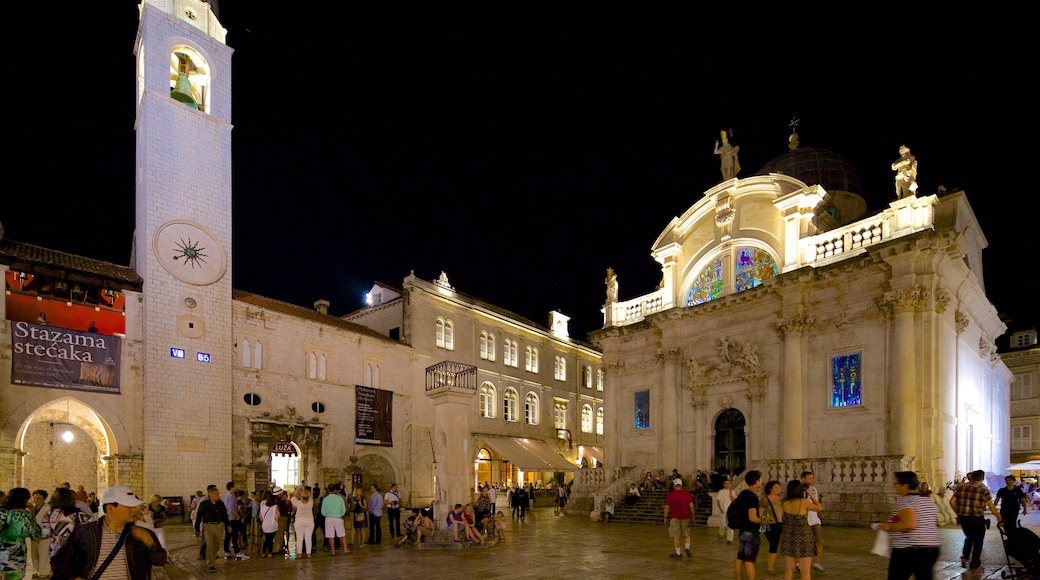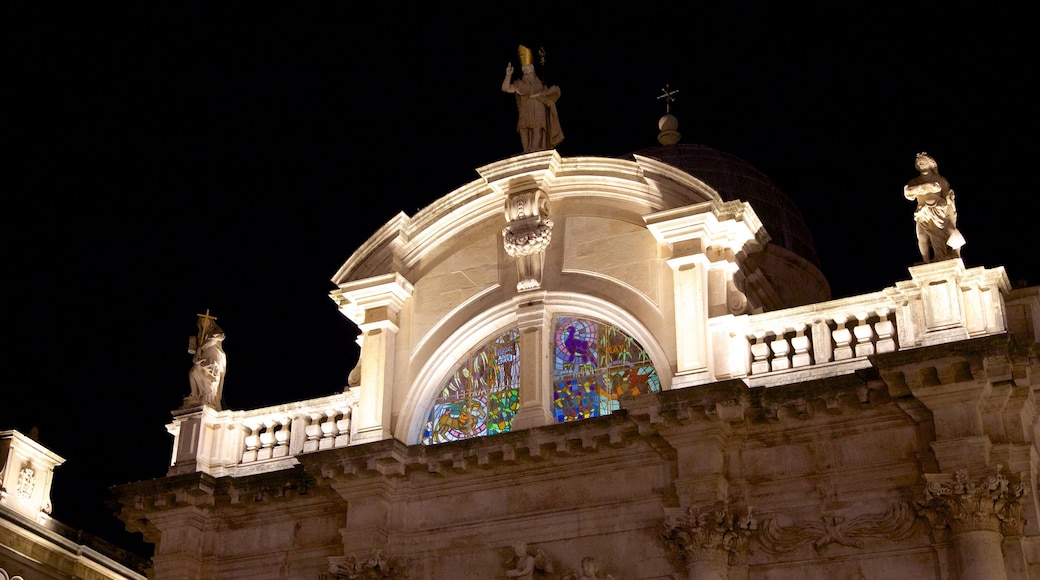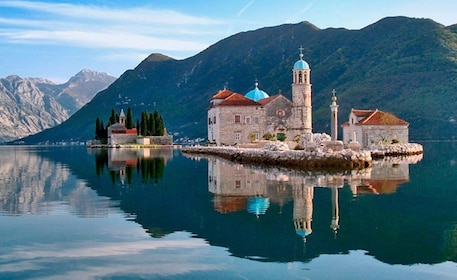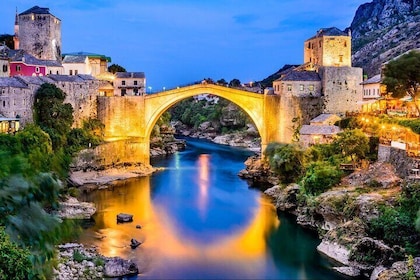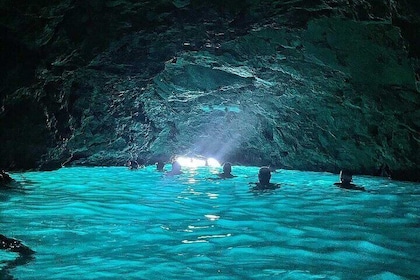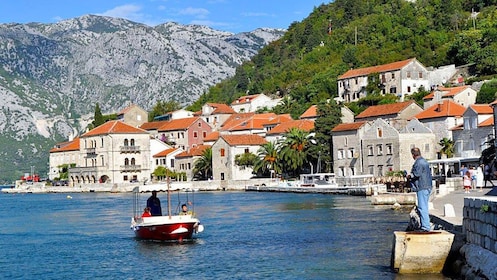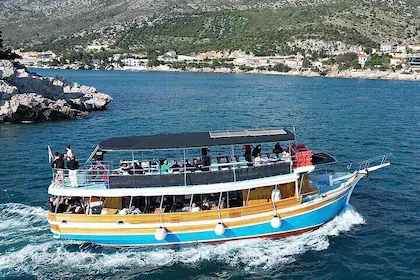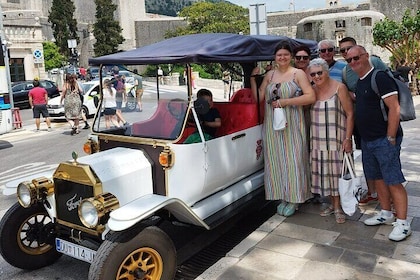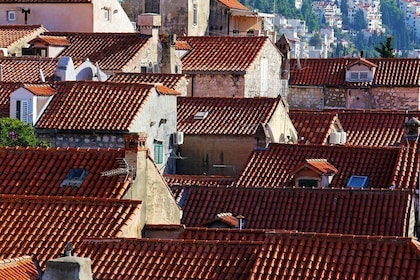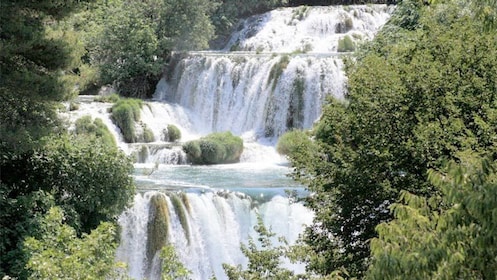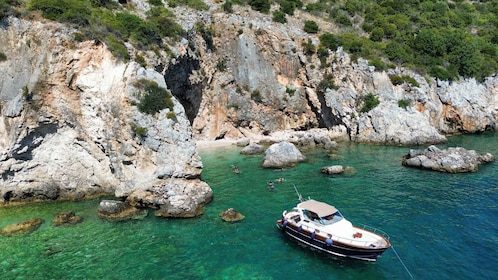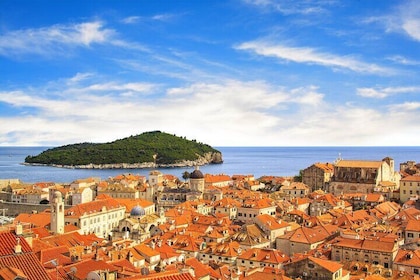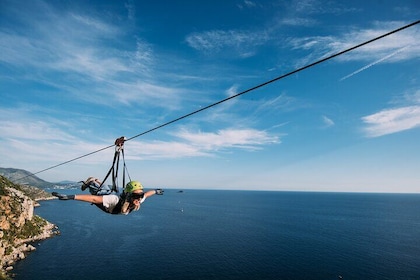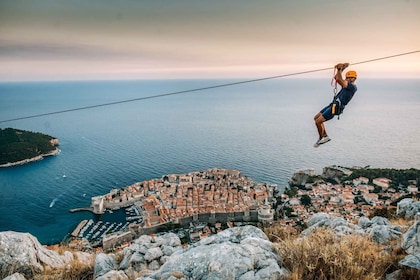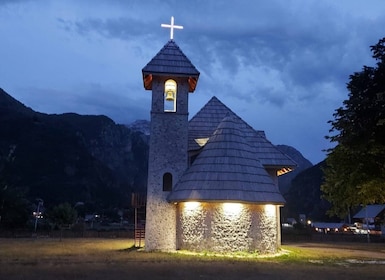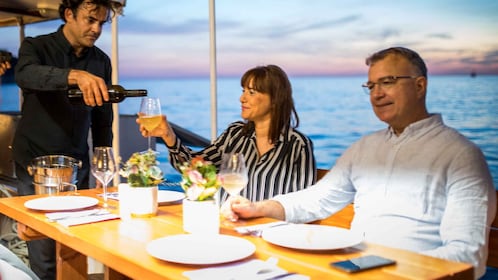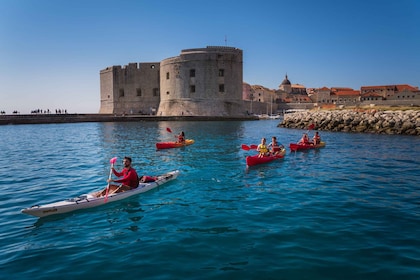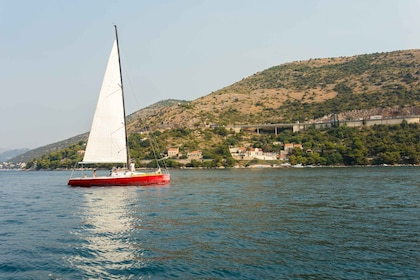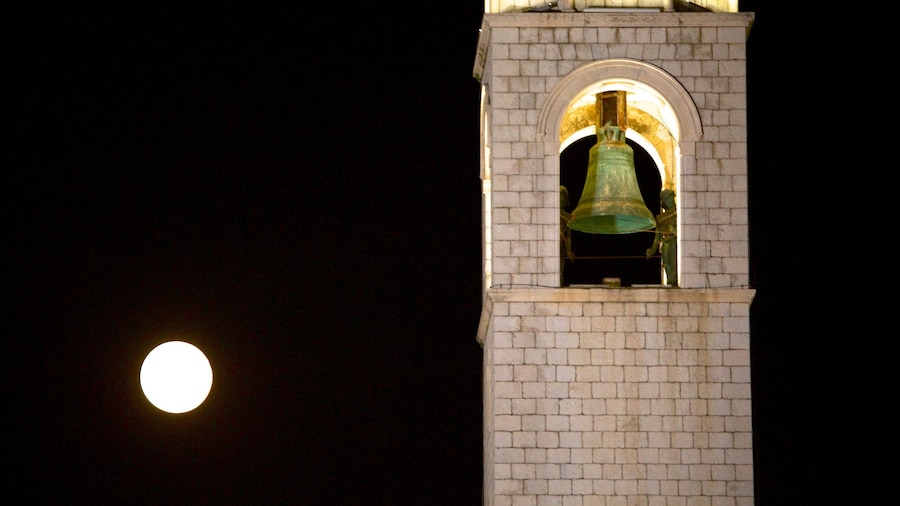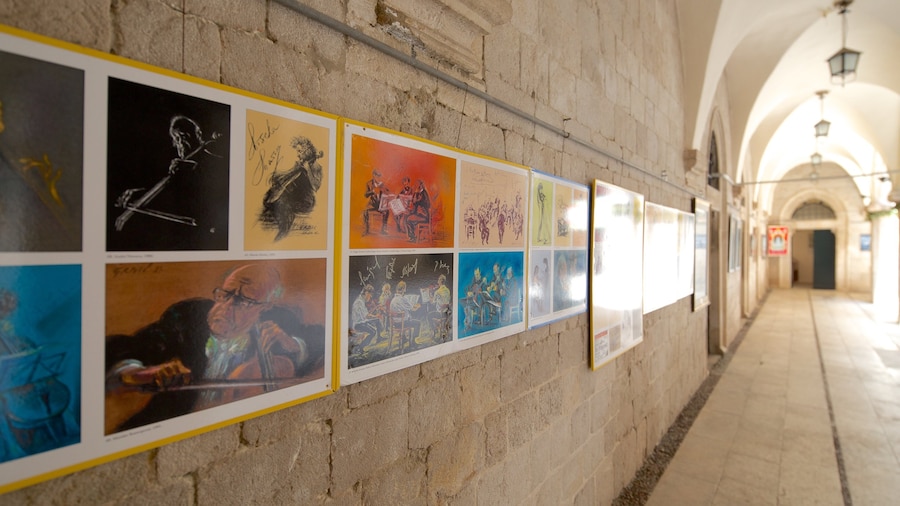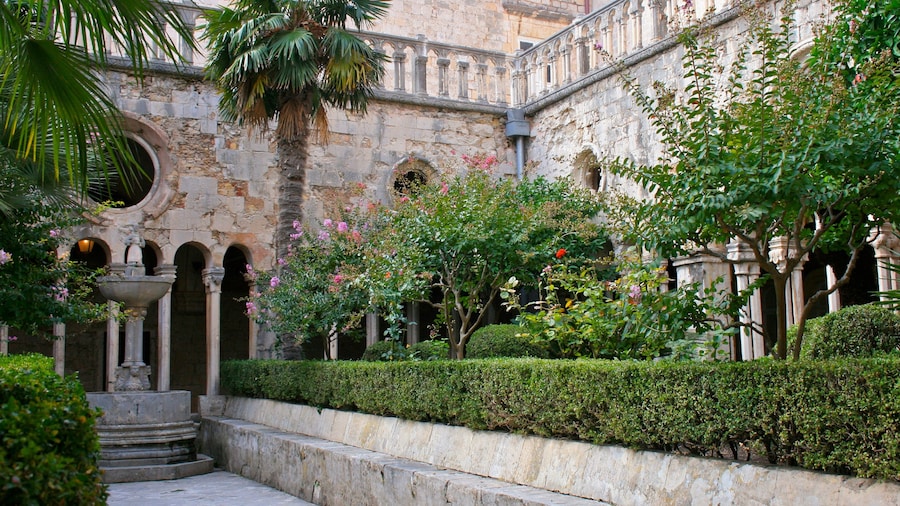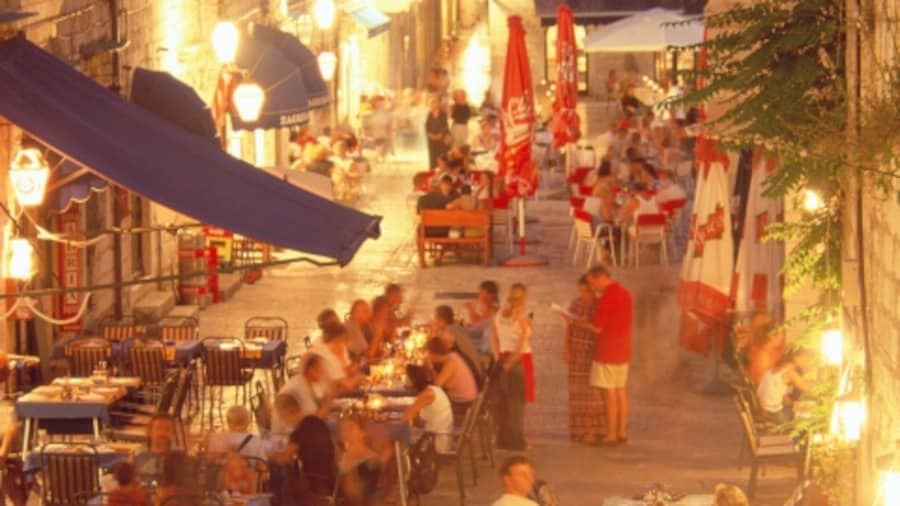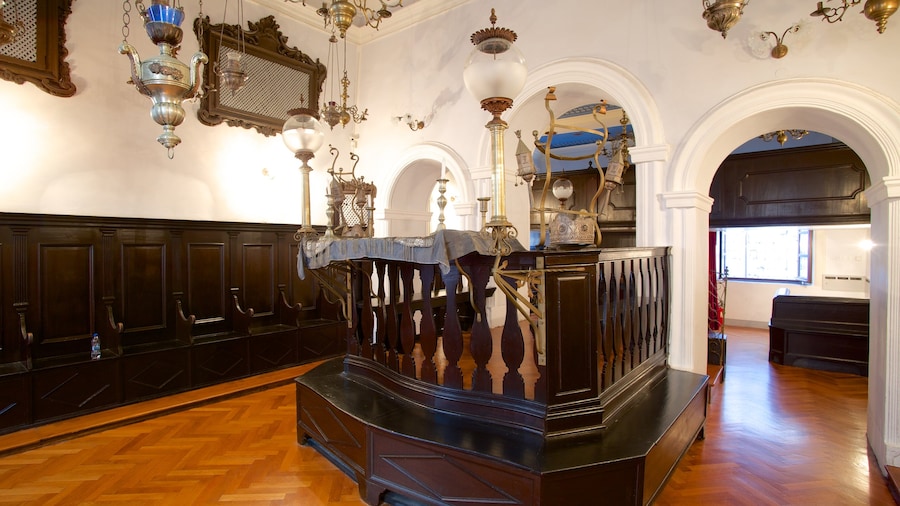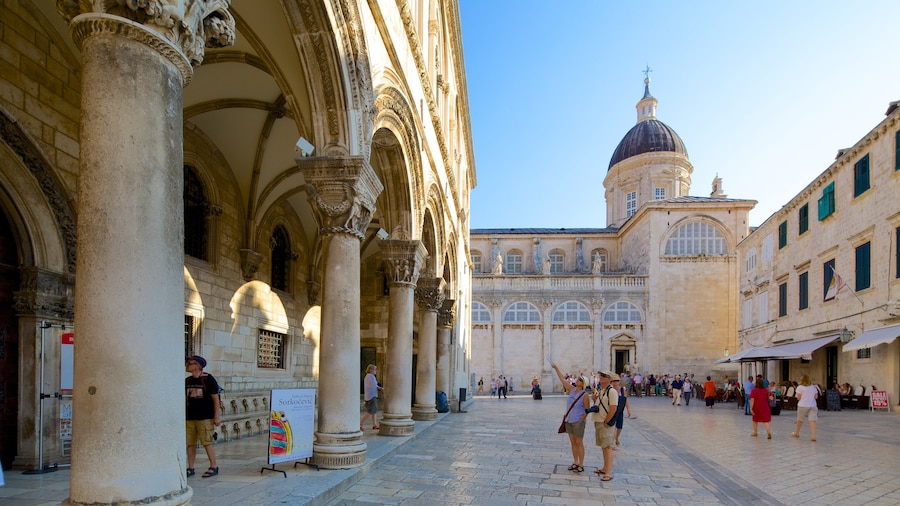Step inside this early 18th-century church devoted to Dubrovnik’s patron saint to see one of the city’s most worshipped religious icons.
The church of St. Blaise is best known as the home of a revered 15th-century statue of St. Blaise, Dubrovnik’s patron saint. The baroque-style domed building takes centre stage at numerous annual festivals and its wide staircase is a popular area for people to stop for a break and watch the flurry of activity on Luza Square.
First constructed in the 14th century, the original Romanesque church on this site was damaged by an earthquake in 1667 and destroyed by fire less than 40 years later. The church that stands today was designed by a Venetian architect and completed in 1715.
Take a few moments to admire the church’s exterior. On top of the façade, see the statue of St. Blaise which was sculpted by the building’s architect. Admire the grand dome before following the staircase up to the ornate main portal.
Once inside, go to the church’s main altar to see the statue of St. Blaise. This gothic icon, made of gold-plated silver was one of the few pieces to be recovered from the fire that destroyed the original church. Look at the model of a 15th-century Dubrovnik in the statue’s hands.
Appreciate the stained glass windows that were created by local artist Ivo Dulcie. Then go to the sacristy for the 18th-century oil painting depicting St. Blaise pleading for mercy for the city during the earthquake.
One of the best times to visit the church is during a city festival, when it is often a focal point for celebrations. During the Feast of St. Blaise in February, white doves are released in front of the building and a collection of the saint’s relics are brought out and paraded through the city.
The Church of St. Blaise is situated at the eastern end of the Stradun, Dubrovnik’s main thoroughfare, a pedestrianized street. There is metered parking nearby in one of the city’s designated parking zones. The church is open daily and admission is free.
